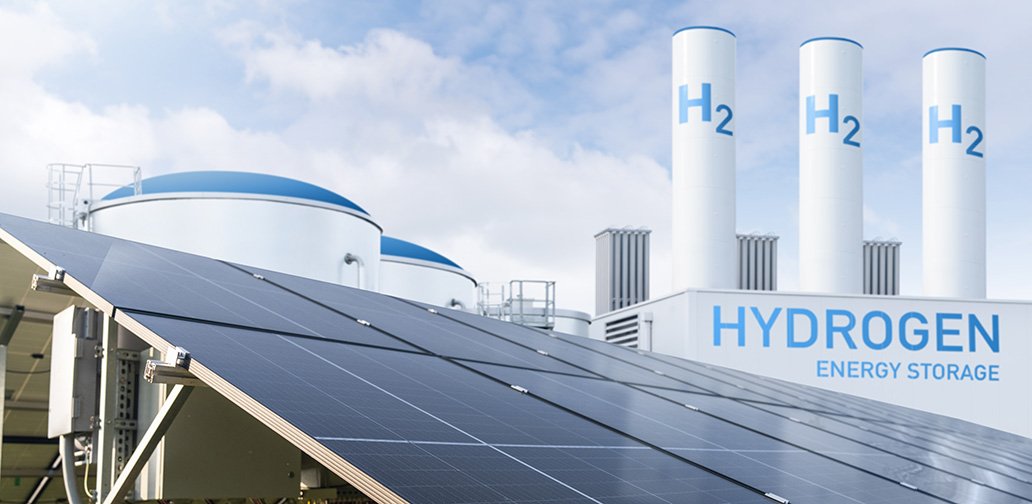Innovative Catalyst Structure for Cost-Effective Hydrogen Production Through Water Electrolysis
Key Ideas
- A new catalyst structure based on mesoporous single-crystalline Co3O4 doped with atomically dispersed iridium (Ir) offers a potential pathway for more cost-effective hydrogen production via water electrolysis.
- The catalyst features a mesoporous spinel structure allowing high Ir loading without forming large clusters, enabling the formation of Co-Ir bridge sites with high intrinsic activity under acidic OER conditions.
- Leaching of both Ir and Co during reaction was significantly reduced, with Ir and Co loss lowered to approximately one-fourth and one-fifth, respectively, compared to conventional catalysts. The catalyst maintained performance for over 100 hours with low overpotential.
- Future research will focus on tuning the doping level, scaling up the synthesis process, and exploring integration into commercial electrolyzer systems, supported by the Tohoku University Support Program.
A recent study led by Professor Hao Li at Tohoku University in Sendai, Japan, has introduced an innovative catalyst structure for more cost-effective hydrogen production through water electrolysis. The material, centered on mesoporous single-crystalline Co3O4 doped with atomically dispersed iridium (Ir), is designed for the acidic oxygen evolution reaction (OER). The use of iridium in OER performance is known but faces challenges due to its scarcity and cost. However, this new catalyst maximizes atomic-level efficiency by featuring a mesoporous spinel structure that allows high Ir loading without forming large clusters, thus enabling the formation of Co-Ir bridge sites with high intrinsic activity under acidic OER conditions. The study combined experimental data with computational modeling and found that oxygen intermediates fully cover Co3O4 surfaces during the reaction, which is usually passivated by Co sites. Ir doping reactivates these sites while enhancing the structural integrity of the catalyst. Moreover, leaching of Ir and Co during the reaction was significantly reduced compared to conventional catalysts. The research, supported by the Tohoku University Support Program, aims to further develop the catalyst by tuning the doping level, scaling up synthesis, and exploring integration into commercial electrolyzer systems. The full publication details can be found in the Journal of the American Chemical Society under the title 'Mesoporous single-crystalline particles as robust and efficient acidic oxygen evolution catalyst.'
